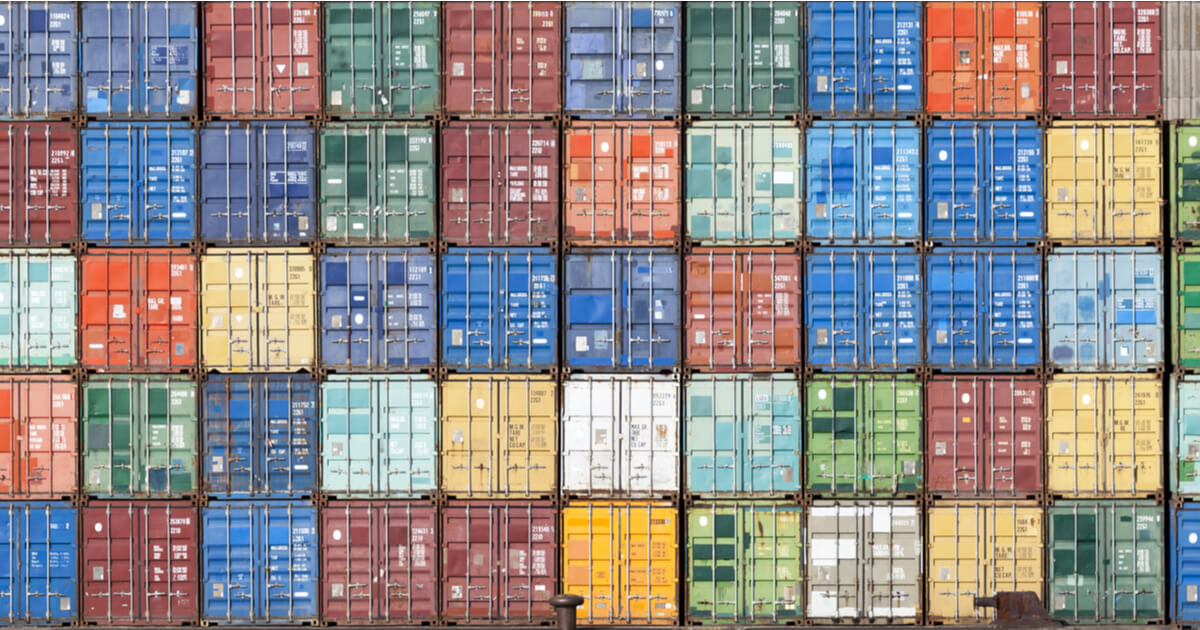
Bottlenecked container ports may not be garnering splashy mainstream media headlines, but the crisis that saw more than 110 vessels idling off the coast of Los Angeles and Long Beach remains unresolved. Recent reports indicate that West Coast ships continue to experience delays and logjammed supply chains are plaguing rail transport systems as well.
“Port bottlenecks that have tied up U.S. supply chains are spreading from the docks to the country’s freight rail networks, raising costs and adding new shipping complications for importers trying to manage the flow of goods,” the Wall Street Journal reports. “Some retailers are waiting weeks to move cargo by train out of Southern California’s ports of Los Angeles and Long Beach, while others are giving up on the railroads and shifting shipments of furniture, apparel, and other consumer goods to trucks for long inland journeys on highways.”
Federal and state officials have been working to divert more freight to rail systems in an effort to overcome the 80,000 truck driver shortage. For example, Norfolk Southern recently partnered with Hapag-Lloyd, Union Pacific Railroad, and the Port of Virginia to develop a port-to-rail logistics system that moves freight inland, with an interchange in Chicago.
California has bandied about proposals that would invest in inland hubs that direct long-haul freight transportation by rail and leave shorter runs for truckers. With Southern California also struggling with a persistent warehouse shortage, bottlenecks are merely occurring further down the supply chain.
The Pacific Merchant Shipping Association indicated that Port of Long Beach and Port of Los Angeles delays averaged more than 11 days during May. That marked an 18 percent increase over April and three times the wait time in January.
The Union Pacific and BNSF railroads reportedly pointed to congestion thousands of miles away as the root cause. Freight-switching yards in Chicago appear unable to handle the influx of cargo and move containers along on time. Logistics organizations complain containers are stacking up while railroad officials say freight owners need to pick them up. The noise around the Chicago logjam echoes the rhetoric during the peak of the West Coast supply chain crisis in 2021.
The Port of Los Angeles is feeling the backlog sting all over again as 29,000 containers were stuck waiting for rail transportation. That number is triple what port officials typically experience.
Retailers are not necessarily panicking during this second bout of supply chain woes. Black Diamond Equipment logistics director Lisa Leffler has already pivoted the company’s outdoor sporting goods shipments away from rail systems to more reliable trucking outfits. Costs will likely rise, and the company may need to pass increases along to consumers.
“This is what we were doing at the peak of congestion in 2021,” Leffler said reportedly said.
There’s a reason 72.5 percent of all U.S. goods and materials are delivered by truckers.
Sources:











Leave a Comment